What to Know Before Visiting The Great Wall ? + Travel Tips
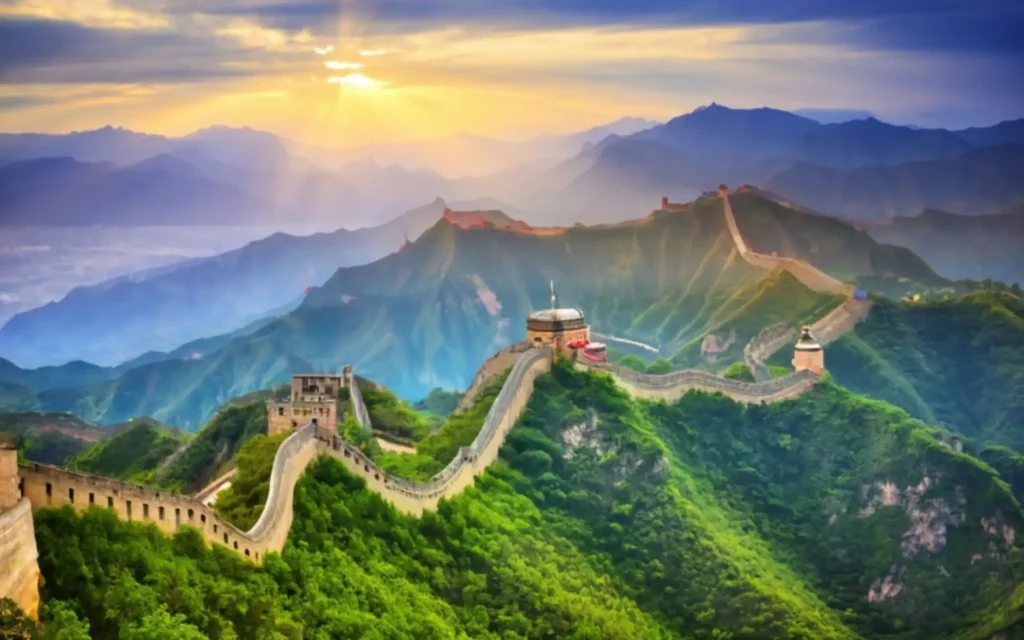
Conquering the Great Wall of China Like a Pro!
Hey there, fellow adventurers! It’s your girl, Jade, from Funky Fresh Travels, and boy, do I have a treat for you today! We’re diving headfirst into one of the most epic wonders of the world – the Great Wall of China! 🇨🇳🧗♀️ After countless trips and some seriously wild experiences, I’m here to spill the tea on how to make your Great Wall adventure absolutely unforgettable. So, buckle up, and let’s get this party started!
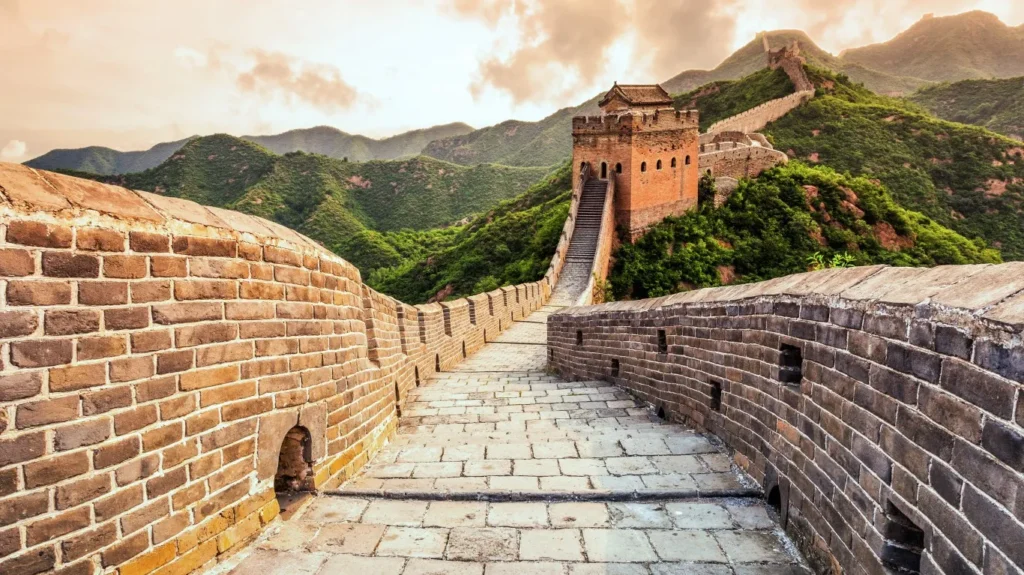
The Great Wall: More Than Just Bricks and Mortar
Alright, let’s get real for a sec. The Great Wall isn’t just some ancient structure built by a bunch of old dudes with too much time on their hands. This bad boy has seen more action than a Hollywood blockbuster! From the Qin Dynasty to the Ming Dynasty, this wall has been the backdrop for epic battles, nomadic tribes trying to sneak in, and now, yours truly attempting to conquer it one selfie at a time!
Stretching over 13,000 miles (yeah, you read that right!), this mammoth wall snakes its way across China like a dragon, from the Gobi Desert all the way to the border with North Korea. It’s been standing tall for over 2,000 years, making it one of the oldest and most impressive feats of human engineering. Talk about aging gracefully!
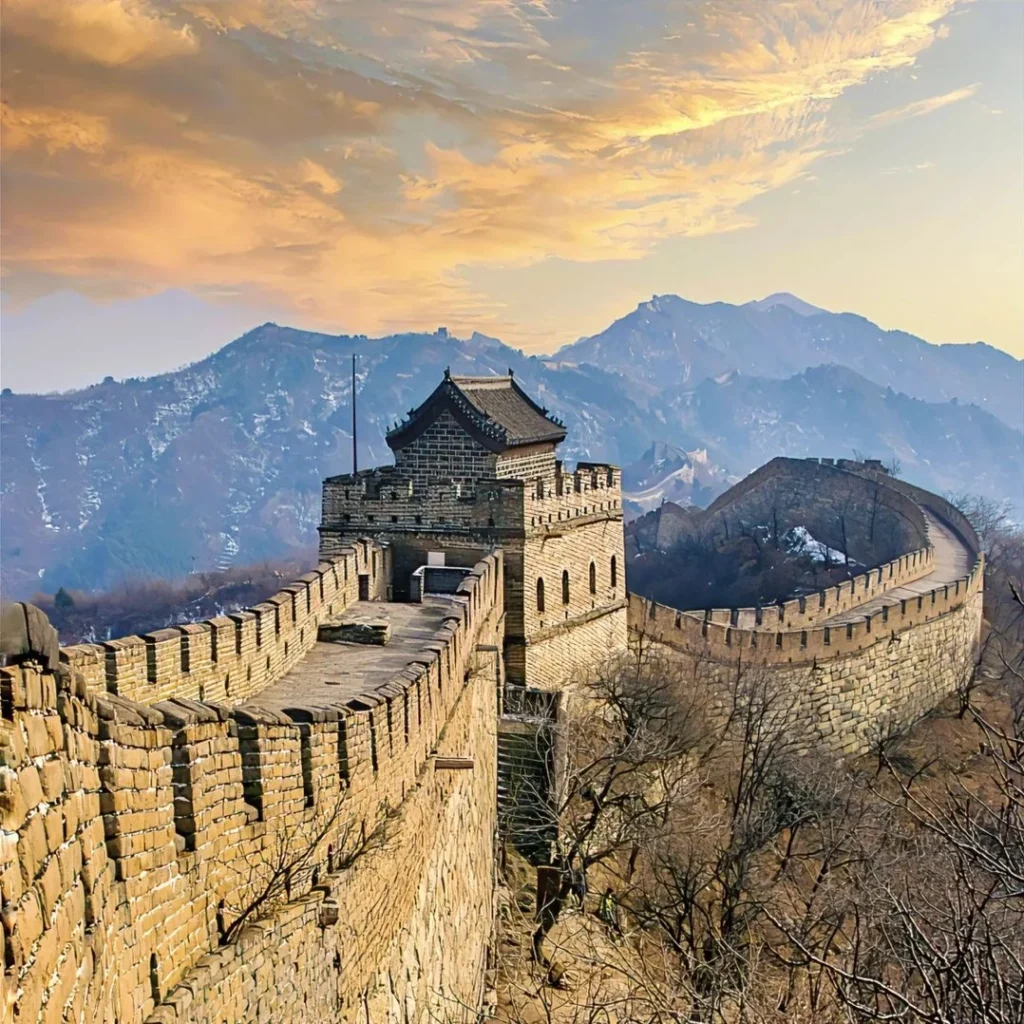
Best Times to Visit: Dodge the Crowds and the Sweat
Listen up, because this is crucial intel! The best times to visit the Great Wall are spring (April to May) and autumn (September to early November). Trust me, you don’t want to be huffing and puffing up those steep climbs in the scorching summer heat or slipping on icy steps in winter. Been there, done that, got the embarrassing photos to prove it!If you’re all about that ‘gram life (no judgment here!), autumn is your BFF.
The changing leaves paint the landscape in a riot of reds and golds, giving you those paler Great Wall colors that’ll make your followers swoon. Plus, the weather is crisp and clear – perfect for those panoramic shots that’ll make your ex wish they never left!
Pro tip: Hit the wall early morning or late afternoon to avoid the peak season crowds and score that golden hour lighting. Your social media game will thank you!
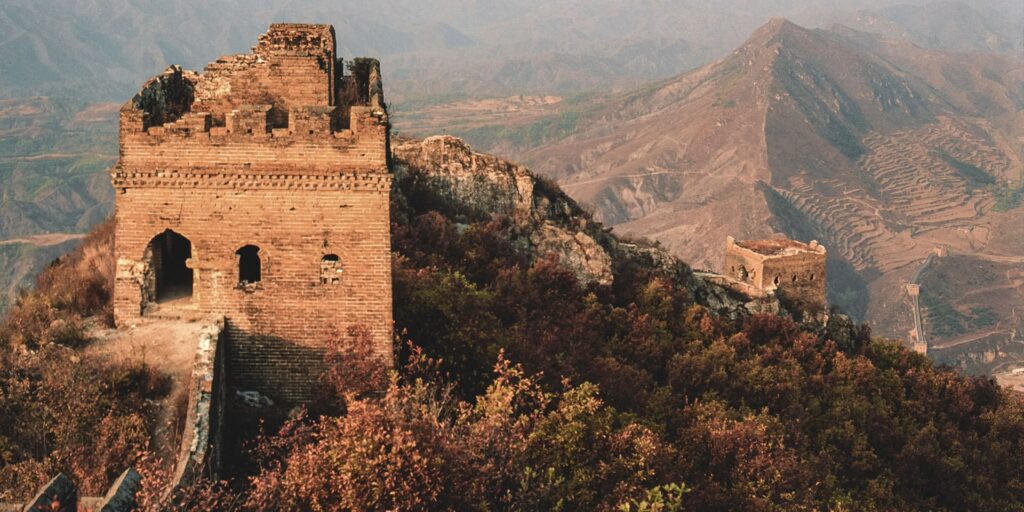
Sections of the Wall: Choose Your Own Adventure
Okay, here’s where it gets juicy. Not all sections of the Great Wall are created equal, my friends. Depending on your vibe, fitness level, and tolerance for tourists, you’ve got options. Let me break it down for you:
1. Mutianyu Great Wall: The All-Rounder
This is my go-to section when I’m feeling lazy but still want those epic views. The Mutianyu section is about 90 minutes from downtown Beijing and offers the best of both worlds. It’s well-restored, so you won’t be risking life and limb, but it’s not as crowded as some other spots (I’m looking at you, Badaling!).
The cherry on top? There’s a cable car to whisk you up to the top if you’re not feeling those steep climbs. And for the adrenaline junkies, you can toboggan down! Nothing says “I conquered the Great Wall” like sliding down it on a plastic sled, am I right?
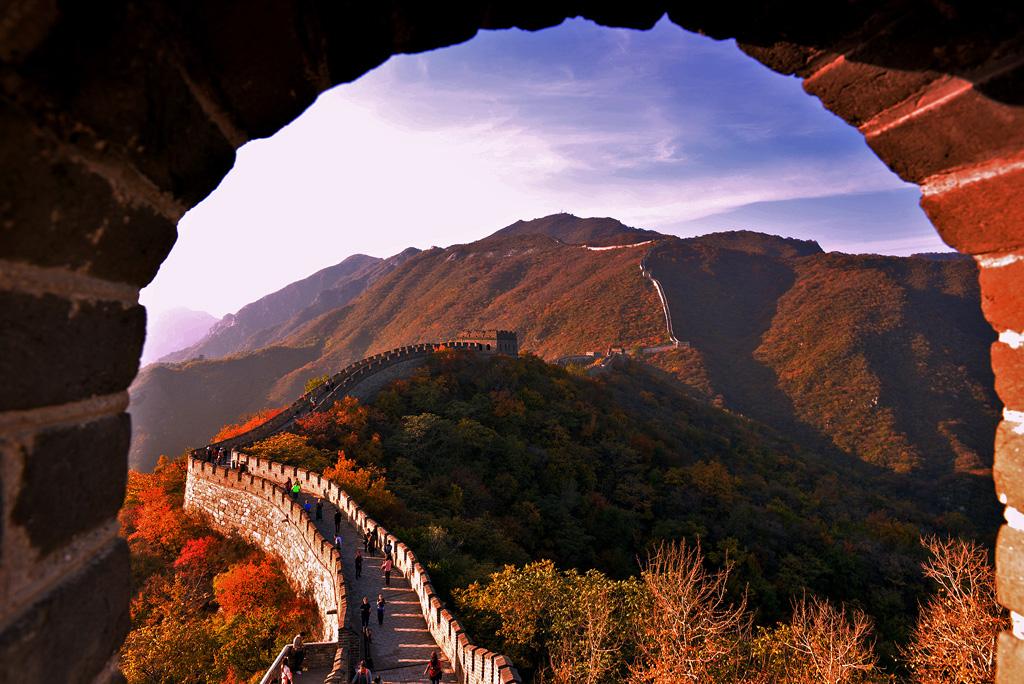
2. Jinshanling Great Wall: For the Gram
If you’re after those jaw-dropping, “Is this even real?” photos, Jinshanling is your jam. This section of the wall is about 2.5 hours from Beijing, but trust me, it’s worth the trek. The views here are straight-up ridiculous – we’re talking rolling hills, crumbling watchtowers, and barely another soul in sight.
I did a sunrise hike here once, and let me tell you, watching the sun peek over the mountains and light up the wall was a spiritual experience. Just remember to bring plenty of water and snacks – there’s no 7-Eleven up here!
3. Simatai Great Wall: Night Owl’s Paradise
Ever dreamed of seeing the Great Wall under a blanket of stars? Well, pinch yourself, because at Simatai, dreams come true! This is the only section open for night tours, and it’s absolutely magical. The wall is lit up like a Christmas tree, and you can even spot the lights of Beijing twinkling in the distance.
Pro tip: Combine your night tour with a visit to the nearby Gubei Water Town. It’s like stepping into a time machine – all traditional architecture and lantern-lit canals. Plus, you can soothe those aching muscles in the hot springs after your wall adventure. Win-win!

4. Jiankou Section: For the Daredevils
Alright, adrenaline junkies, this one’s for you. Jiankou is part of the “Wild Great Wall” – unrestored, untamed, and not for the faint of heart. We’re talking crumbling steps, overgrown paths, and some seriously vertigo-inducing drops. But if you’re up for the challenge, the views are out of this world.
I attempted this section last year, and let’s just say I have a newfound respect for mountain goats. But standing on top of a crumbling watchtower, with nothing but miles of untouched wall stretching out before me? Worth every heart-stopping moment!
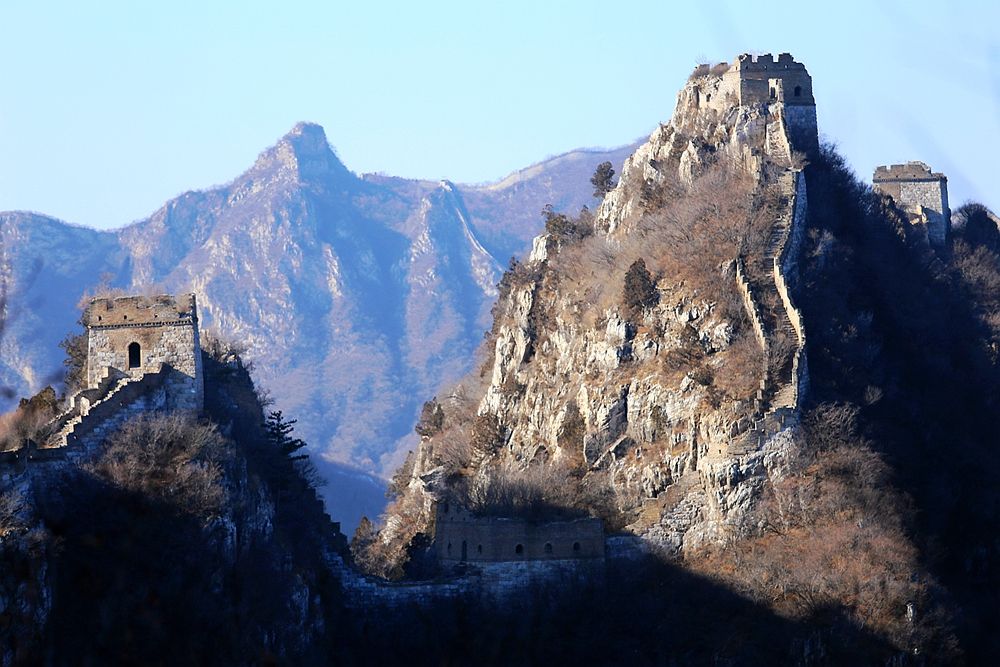
Getting There: From A to Great Wall
Now, let’s talk logistics. Getting to the Great Wall is half the adventure, and you’ve got options:
- Private Car: If you’re feeling fancy (or just really hate public transport), hiring a private car is the way to go. It’s pricier, but you get door-to-door service and can customize your itinerary. Plus, no fighting for seats or dealing with the language barrier on public buses!
- Tour Group: If you’re a social butterfly or just like having everything organized for you, joining a tour group is a solid choice. You’ll get an English-speaking guide to fill you in on all the juicy historical details, and you might even make some new travel buddies!
- Public Transportation: For my budget travelers out there, public buses are your best friend. They’re cheap, they’re an adventure in themselves, and they’ll get you there… eventually. Just be prepared for some creative sign language if your Mandarin isn’t up to scratch!
- High-Speed Train: If you’re heading to sections further out like Jinshanling, the high-speed train is a game-changer. It’s fast, comfortable, and gives you a chance to see the Chinese countryside whizzing by. Just make sure you know which station to get off at – I may or may not have ended up in Inner Mongolia once. Oops!

Survival Tips: Don’t Be That Tourist
Alright, listen up, because these tips might just save your bacon (or your dumplings, as the case may be):
- Wear comfy shoes: This isn’t the place for your cute new kicks. We’re talking serious walking here, people. Your feet will thank you later.
- Bring water and snacks: There are shops at some sections, but they’re often overpriced. Pack a picnic and have lunch with a view!
- Check the weather: The wall can be a whole different climate to Beijing. I once went in shorts and nearly froze my butt off. Learn from my mistakes!
- Get your Chinese visa sorted: Nothing kills the vibe like being turned away at border control. Make sure your paperwork is in order before you go.
- Respect the wall: This isn’t just a tourist attraction, it’s a World Heritage Site. Don’t litter, don’t graffiti, and for the love of dumplings, don’t try to take home a “souvenir” brick!
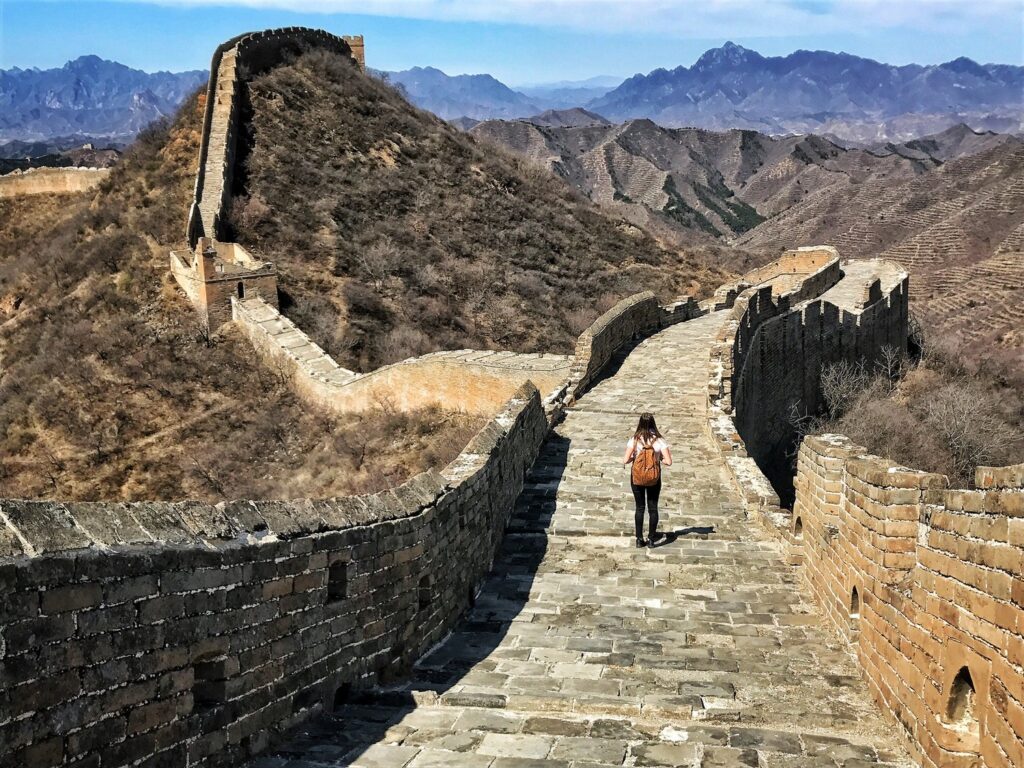
Beyond the Wall: Make a Day of It
Why stop at just the wall? Make a full day of your adventure by combining it with some other nearby attractions:
- Ming Tombs: These imperial burial grounds are just a stone’s throw from the Mutianyu section. Spice up your Instagram with some ancient Chinese bling!
- Forbidden City: If you’re doing the Badaling section, you’re already halfway to Tiananmen Square and the Forbidden City. Might as well tick off all the Beijing must-sees in one go!
- Summer Palace: After a day of hiking, cool off by the lakes of the Summer Palace. It’s like the Beverly Hills of ancient China – all manicured gardens and swanky pavilions.
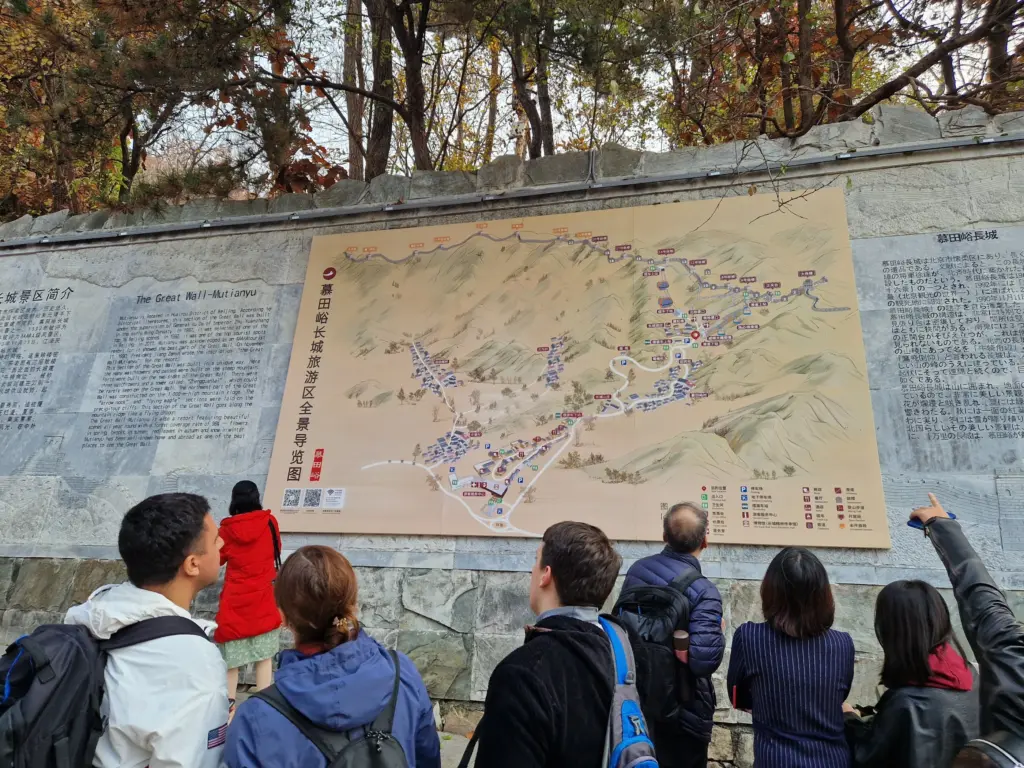
Fascinating Facts About the Great Wall of China
1. Monumental Scale and Construction
- Impressive Length: The Great Wall of China stretches an astonishing 21,196 kilometers (13,171 miles), making it the longest man-made structure in the world.
- Varied Dimensions: The wall’s height ranges from 5 to 8 meters (16 to 26 feet) on average, with some sections reaching up to 14 meters (46 feet) . Its width varies from 5 to 8 meters (16 to 26 feet), with some Ming Dynasty sections as wide as 15 meters (50 feet).
- Massive Workforce: Over 1 million laborers, including soldiers, peasants, and convicts, were involved in the wall’s construction . Tragically, an estimated 400,000 workers died during the building process.
- Ancient Engineering Marvel: Construction of the Great Wall began as early as the 7th century BC, making parts of it over 2,300 years old.
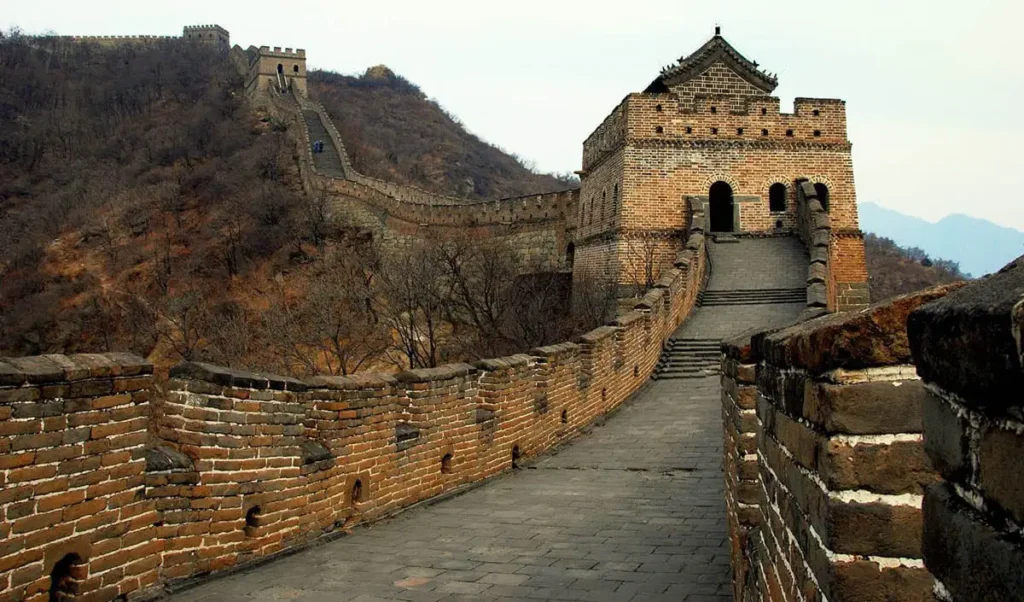
2. Historical Significance and Evolution
- Multiple Dynasties: The wall wasn’t built all at once but was constructed, rebuilt, and expanded by various dynasties over centuries, with the most extensive work done during the Ming Dynasty (1368-1644).
- Qin Dynasty Unification: The first significant unification of existing walls occurred under Emperor Qin Shi Huang in the 3rd century BC, marking a pivotal moment in Chinese history.
- Defensive Strategy: The wall incorporated various military tactics, including watchtowers, signal beacons, and fortified garrisons, showcasing advanced defensive strategies of ancient China.
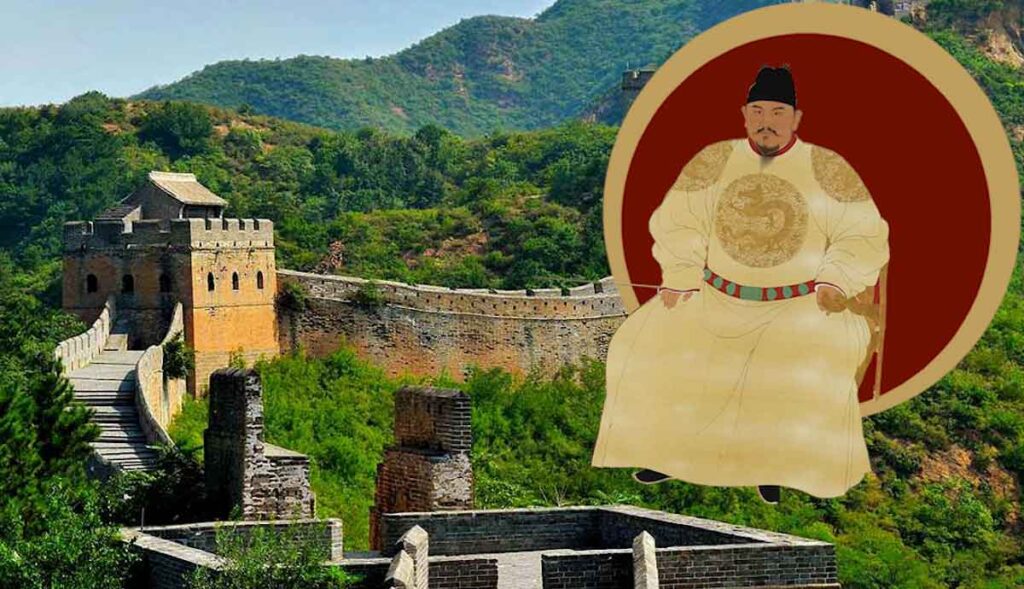
3. Unique Features and Lesser-Known Sections
- Submerged Section: The Huanghuacheng Water Great Wall features parts of the wall submerged in water, creating a unique and picturesque view.
- Turtle-Shaped Fortress: The Yongtai Turtle City in Gansu province is a fortress city shaped like a turtle, with gates representing the head and tail.
- Coastal Connection: The Shanhai Pass, known as the “Old Dragon’s Head,” is the only section of the Ming Great Wall that meets the sea.
- Battle Scars: The Gubeikou section bears bullet holes from the last battle fought at the Great Wall, offering a tangible link to more recent history.
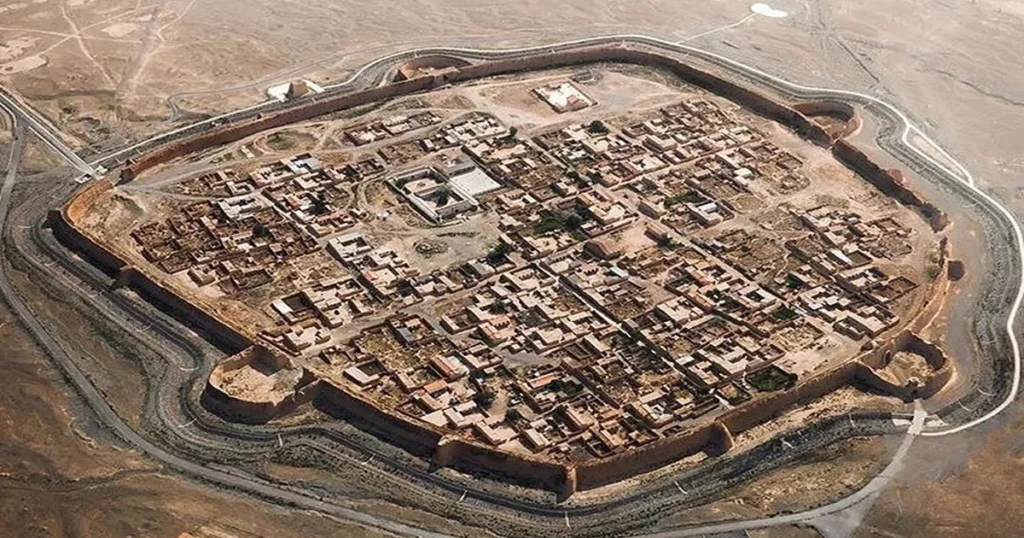
4. Archaeological Discoveries and Preservation
- Recent Findings: In June 2024, archaeologists discovered an exquisite dragon sculpture during restoration works at the Jiankou section, highlighting the artistic elements integrated into the wall’s construction.
- Ancient Weaponry: In late 2023, dozens of ancient stone grenades were discovered near the Badaling section, revealing a weapons storehouse and emphasizing the wall’s military importance.
- Natural Preservation: Research in early 2024 revealed that biocrusts, composed mainly of moss and cyanobacteria, cover more than two-thirds of the Great Wall, playing a crucial role in protecting it from erosion.
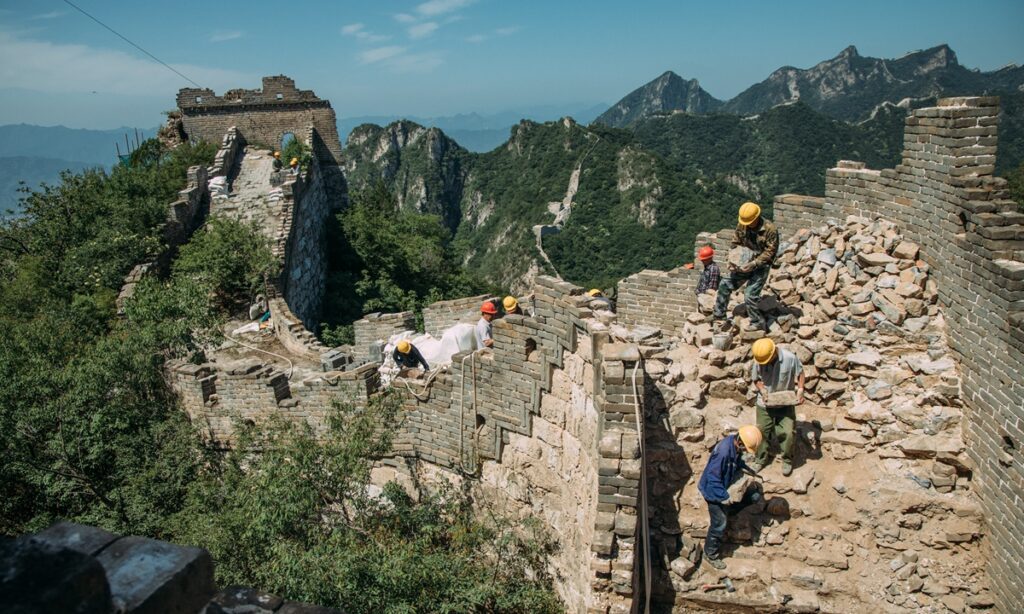
5. Cultural Impact and Legends
- UNESCO Recognition: The Great Wall was designated as a UNESCO World Heritage site in 1987, acknowledging its historical and cultural importance.
- Legendary Tales: The wall has inspired numerous legends, including the story of Meng Jiangnu, whose tears allegedly caused a section of the wall to collapse, symbolizing the human cost of its construction.
- Symbol of Unity: The Great Wall represents the unification of China and has become a powerful symbol of Chinese identity and resilience.
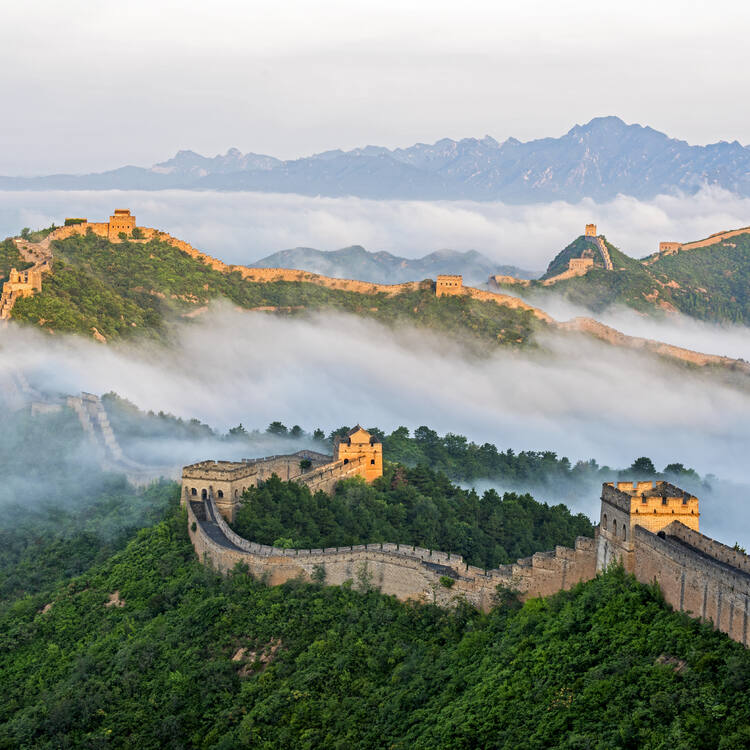
6. Modern Significance
- Tourism Magnet: The Great Wall attracts millions of visitors annually, with the Badaling section alone receiving over 63 million visitors in a year.
- Economic Impact: Tourism to the Great Wall has brought significant economic prosperity to surrounding communities, supporting local businesses and livelihoods.
- Preservation Challenges: Approximately one-third of the Great Wall has disappeared due to natural erosion and human activities, highlighting the ongoing need for preservation efforts.
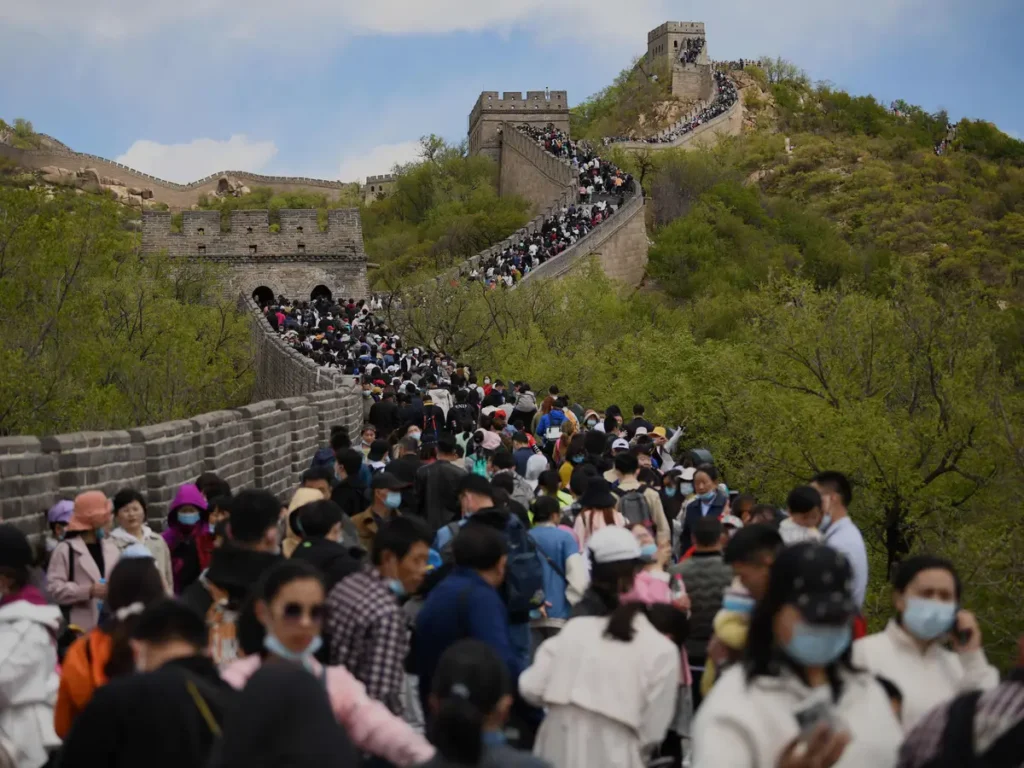
7. Engineering and Construction Techniques
- Adaptive Building: The wall’s construction materials varied based on local availability, ranging from rammed earth in earlier sections to bricks and stone in later parts.
- Sticky Rice Mortar: Some sections of the wall were built using a mortar made with sticky rice, which contributed to its durability and longevity.
- Communication Network: The wall served not just as a barrier but also as an elevated highway for troops and a sophisticated communication system using beacon towers.
These fascinating facts showcase the Great Wall of China as not just a remarkable feat of ancient engineering, but also as a living monument that embodies the rich history, cultural heritage, and enduring spirit of the Chinese people. From its monumental scale to its intricate legends, the Great Wall continues to captivate and inspire people from around the world, standing as a testament to human ingenuity and perseverance.
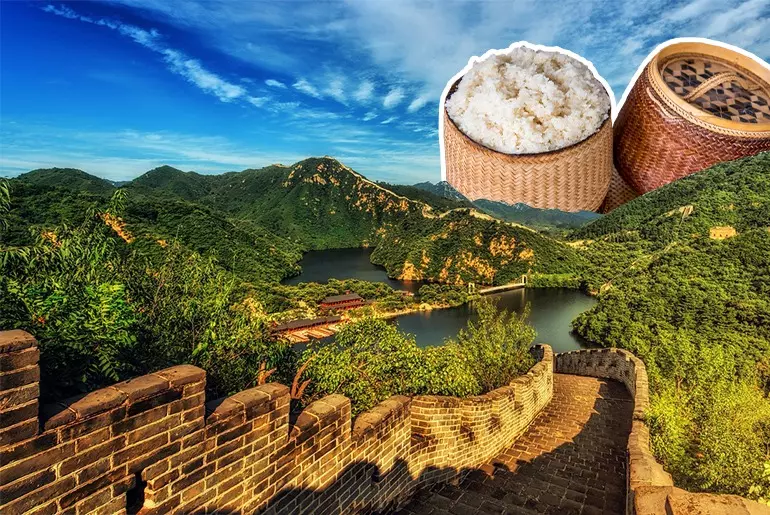
The Last Word: Your Great Wall Bucket List
Alright, my fellow adventurers, here’s the deal. The Great Wall isn’t just a tourist attraction – it’s a journey through time, a test of endurance, and a chance to connect with one of the most incredible feats of human engineering. Whether you’re scaling the wild sections, toboganning down Mutianyu, or stargazing at Simatai, the Great Wall is an experience that’ll stay with you long after you’ve left China.
So, what are you waiting for? Pack your bags, lace up those hiking boots, and get ready for the adventure of a lifetime. The Great Wall is calling, and trust me, you don’t want to send it to voicemail!Remember, life’s too short for boring travels. Stay funky, stay fresh, and I’ll catch you on the flip side! 🌏✌️
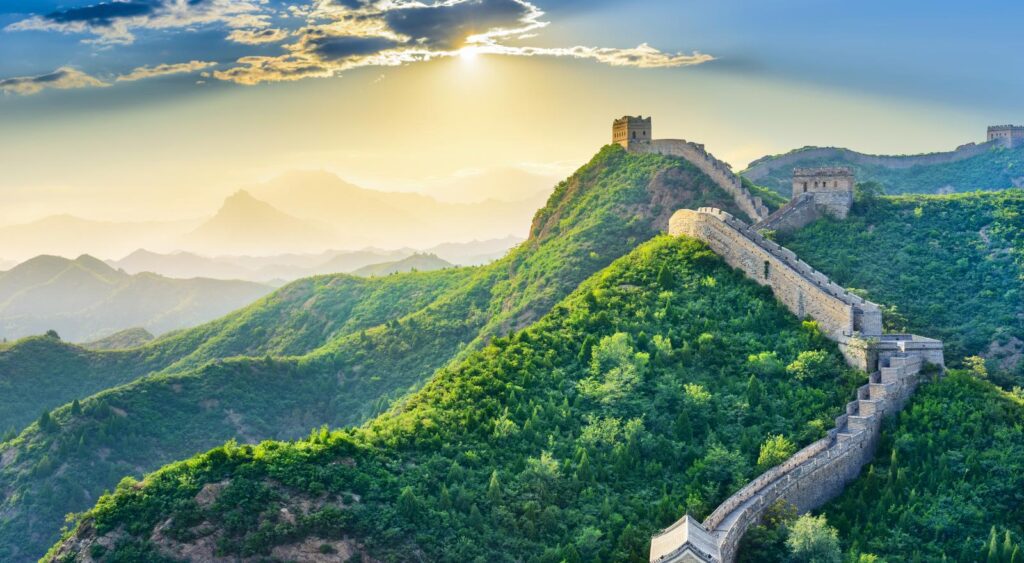
WHO AM I ?
Hello !
I am Eric, a French Australian citizen based between Australia, Asia and Bali and I love to travel and experience the world. I generally like outdoor activities, wellness, great food and venues, party and real local adventures! I am a Yoga practitioner and fitness lover.
I created this blog because I love to travel and I want to share my experiences with others. I’ve been traveling since I was a child, and I’ve been to over 50 countries. I’ve seen some amazing things and met some amazing people, and I want to help others experience the same things.

I believe that travel is one of the best ways to learn about the world and about yourself. When you travel, you’re forced to step outside of your comfort zone and experience new things. You learn about different cultures, different religions, and different ways of life. You also learn about yourself, your strengths, and your weaknesses.
Travel can also be a great way to make new friends. When you’re traveling, you’re surrounded by people from all over the world, and you’re all in the same boat. You’re all there to explore and experience new things, and that can create a bond between people.
Let’s connect together!
I hope that my travel blog will inspire others to travel and to see the world. I also hope that it will help people to learn about different cultures and to become more open-minded.


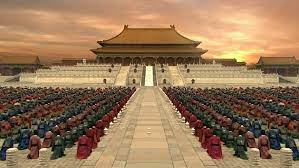
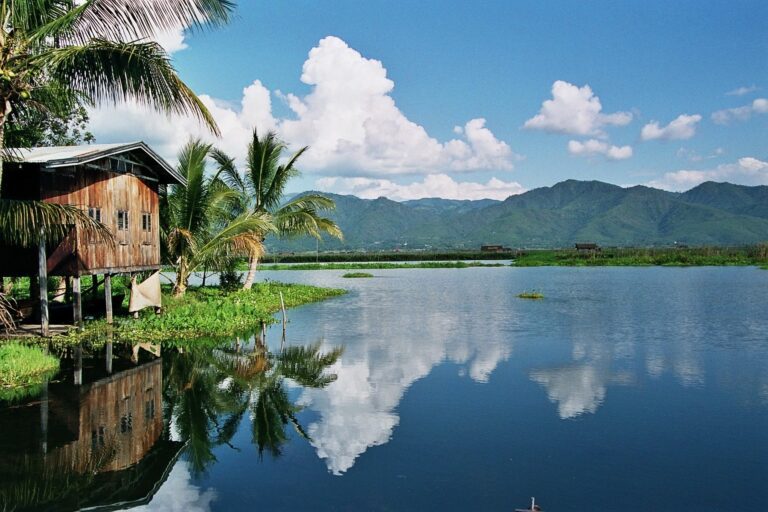
![Travel Cambodia on a budget and free [Full guide 2025]](https://funkyfreshtravels.com/wp-content/uploads/2025/05/cd6e6f174f5cd2d9865ea30d6138e1c5-1-768x512.jpg)

![Best itinerary Cambodia 1/2/3 weeks [ PRO TRAVELER 2025 ]](https://funkyfreshtravels.com/wp-content/uploads/2025/05/3bbb0d50f6bcb212a6d5f7ac1f7c0cfc.jpg)

![Best beaches in Cambodia [ IG pictures spots ] 2025](https://funkyfreshtravels.com/wp-content/uploads/2025/04/cambodia_beaches_2-768x512.jpg)